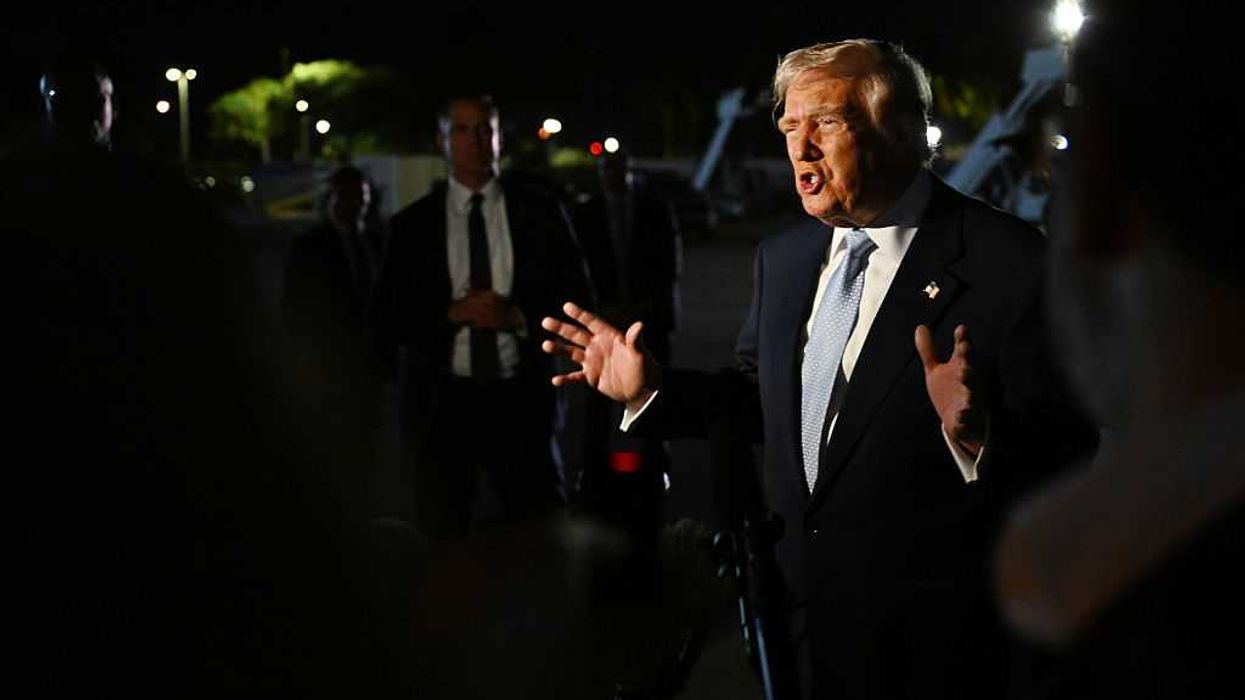With the summer’s heat doubling down in many places, Americans have been flocking to catch the season’s most popular films in movie theaters. One of the biggest blockbusters of the summer has been “Top Gun: Maverick” starring Tom Cruise and Miles Teller, a story about the Navy's most prestigious aviators that showcases camaraderie, courage, and resilience.
An argument could be made that the reason for its popularity stems from the talent of the actors or its action-packed storyline. However, the film’s real appeal comes from its inspiring story of seemingly normal people doing extraordinary things.
Politico puts it best: “No one would mistake ‘Top Gun: Maverick’ for social realism, or even (maybe especially) a lifelike depiction of Naval air combat. But rather than the hyper-masculine, Reagan-era militarism of Tony Scott’s 1986 original, this film’s appeal comes from the mere fact that it’s about normal people, doing things within the plausible boundaries of reality.”
On top of this, “Top Gun: Maverick” instills a strong sense of patriotism in its viewers. It depicts the elite nature of the U.S. military and highlights the commitment the aviators make to defend the United States country during times of turmoil. It is overall a feel-good movie that makes people proud of the American lifestyle and culture.
So we asked our readers: What movie represents the best of American culture? What are the blockbuster movies that define who we are? And has it held up until today?
American culture can be defined by many different things and it can be shown in film in many different ways. As one reader put it, these stories “speak to the experiences of members of the United States that are Americans [although] their experiences are not part of the dominant culture.”
Still, diverse stories that often focused on people who are underdogs, whether the movies are based on real life or fictional, were the most common replies. Think “12 Years A Slave,” “Hidden Figures,” and “The Florida Project.”
Following is a selection of reader responses, edited for length and clarity.
I think I would need the help of my wife or one of my sisters, both of whom have better memories of movie titles and their plots. However, off the cuff, I would start thinking about movies that depict large families gathering (e.g., large wedding weekend) in loving chaos of personalities achieving some expected and unexpected results, where at least a glimmer or a rush of love and insights appear, even if not at the ending of the movie. This might seem like more of a universal cultural experience and I think our large national family has many cultures from all around the world coming together at times in challenging ways that can lead to growth and happier endings. - Joe Healy
As it is now vorboten to be patriotic and patriotism is looked upon as a punishable offense; I cannot see how any writer will ever be allowed to show America as a great country. Division is accepted and demanded and shown by the separate award ceremonies that the pariah class (Americans) are not able to attend or receive awards. If this is the "new Diversity" it makes no sense. - Gloria Graham
Honestly, the single best film that helps move our story forward is "Get Out" by Jordan Peele. The opening scene, a take-off on how white people are supposed to feel scared in Black neighborhoods, flipping it so a Black guy is kidnapped in a white suburban street, simply does more to lay things out about our common humanity, and how our fears keep us from accessing it, than any amount of blockbusters. The ending of that film predicts a better future, a society more open to seeing truths laid out in front of it and the possibility of justice. Also there's a great dog. An incredible film. - Tod Davies
Either way, for most people, fiction films serve as a distraction from reality — a sort of escape from the mundane into a world where hours or even generations are collapsed into about two hours, inconvenient emotion inducing events are mostly resolved favorably, and once the credits roll, everything goes back to normal.
Given that perspective, I would say that — to a large degree — the effect that film has on American culture is in the mind of the beholder. The fact is that there can be more activity in a single action film than most humans will experience in an entire lifetime. Therefore, there is a potency to this medium that should not be ignored. - Pedro Silva
For me, two relatively recent movies captured contemporary American life. One is “Moonlight,” directed by Barry Jenkins and written by Tarell Alvin McCraney, a film about the fractured life of a queer Black man. The other is “The Florida Project,” directed by Sean Baker and co-written by Baker and Chris Bergoch, about a little girl and her struggling mother who live week-to-week in a motel near Disney World. Each film dramatizes the interlocking challenges and moral compromises required to live on the edges of American society — where so many Americans live — as well as the love and joy that exist there in equal measure, almost in retaliation against the systems that created the conditions of their struggle. The humanity of these films is aspirational, even countercultural. Not the plot arcs and tragedies, which are grounded in hard realities, but the portrayals of these people as people, their wholeness, their complexities. The love that radiates from the gaze of the camera. Could our country ever love them as completely or as deeply as these films do? - Daniel Pritchard




















